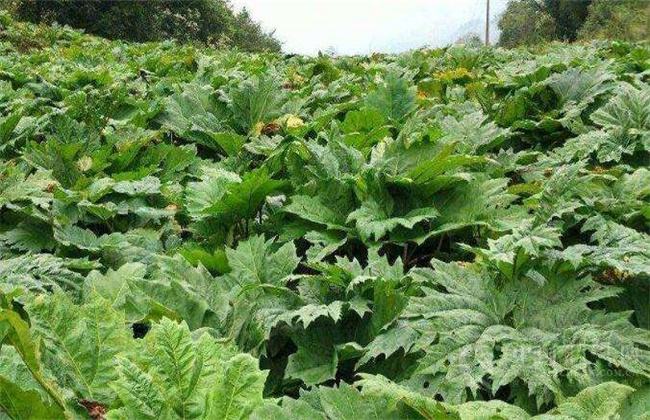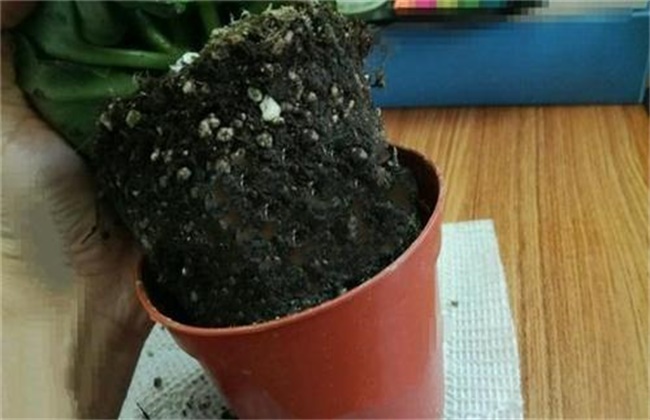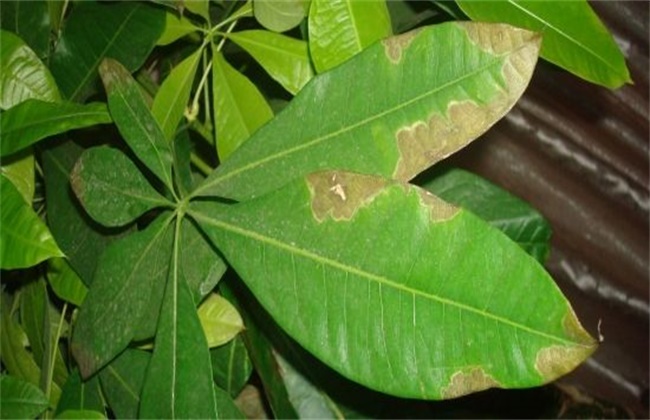Seed Seedling technique of Rhubarb
Rhubarb generally refers to the horseshoe rhubarb of medicinal plants, is domestic rhubarb, but Europe is generally edible rhubarb. Medicinal rhubarb has the effects of clearing heat and removing dampness, cooling blood and detoxification, purging fire and removing blood stasis. It is mainly distributed in the southwest and northwest. Rhubarb can be planted and cultivated after artificial propagation of seeds. However, certain conditions need to be provided for cultivation and management. So let's take a look at it now.

1. Growth conditions
In the wild, in the mountains about 2, 000 meters above sea level, artificial planting must be carried out at an altitude of more than 1400. Can not continuous cropping, like cold, more cold-resistant, can not bear drought, can not accept high temperature, high temperature can not exceed 30 degrees, but low temperature above minus 10 degrees can survive. Deep soil is needed, preferably sandy loam which is rich in organic matter and well drained. Special attention should be paid to not sowing seeds in areas that are heavy, acidic and prone to stagnant water.
2. Seed collection
The seeds will mature in July, when the stems can be cut and harvested, but they are usually harvested when the seeds turn black. After drying in the shade at home, you can thresh, screen seeds, remove impurities, and remove unfull and incomplete seeds. The plant that picks the seed must be a pure variety planted for three years. It is necessary to continue the purity of the variety, otherwise the quality will be reduced.
3. Sowing and raising seedlings
When planting, it can be direct seeded, or it can be transplanted after raising seedlings. Autumn is more suitable for planting, seedling raising and transplanting. Build a seedbed, 1.5 meters wide and unlimited in length. Spread the seeds evenly on the border and cover with thin soil, about one to two centimeters. Then cover with some grass to moisturize. As much as 80% of the germination can remove the straw. Weeding, watering and intersprouting should be carried out when the seedlings are full.
4. Seedling emergence management
The organic fertilizer was applied about three times in the seedling stage, and if it did not germinate in winter, the mulch grass would be removed after it germinated in the spring of the following year. Spring sowing, transplanting the following spring, autumn sowing transplanting in the next autumn. Prune the roots when transplanting. The depth of the hole is 30 cm, the row spacing is 0.7 m, and the plant spacing is 0.5 m. Don't cover the soil too deep. But the soil covered by transplanting in autumn can be deeper to avoid frost injury in winter.
The seed breeding of rhubarb is the above content, you can refer to and understand, you can also sum up more experience, or consult like experienced people.
Related
- Fuxing push coffee new agricultural production and marketing class: lack of small-scale processing plants
- Jujube rice field leisure farm deep ploughing Yilan for five years to create a space for organic food and play
- Nongyu Farm-A trial of organic papaya for brave women with advanced technology
- Four points for attention in the prevention and control of diseases and insect pests of edible fungi
- How to add nutrient solution to Edible Fungi
- Is there any good way to control edible fungus mites?
- Open Inoculation Technology of Edible Fungi
- Is there any clever way to use fertilizer for edible fungus in winter?
- What agents are used to kill the pathogens of edible fungi in the mushroom shed?
- Rapid drying of Edible Fungi



